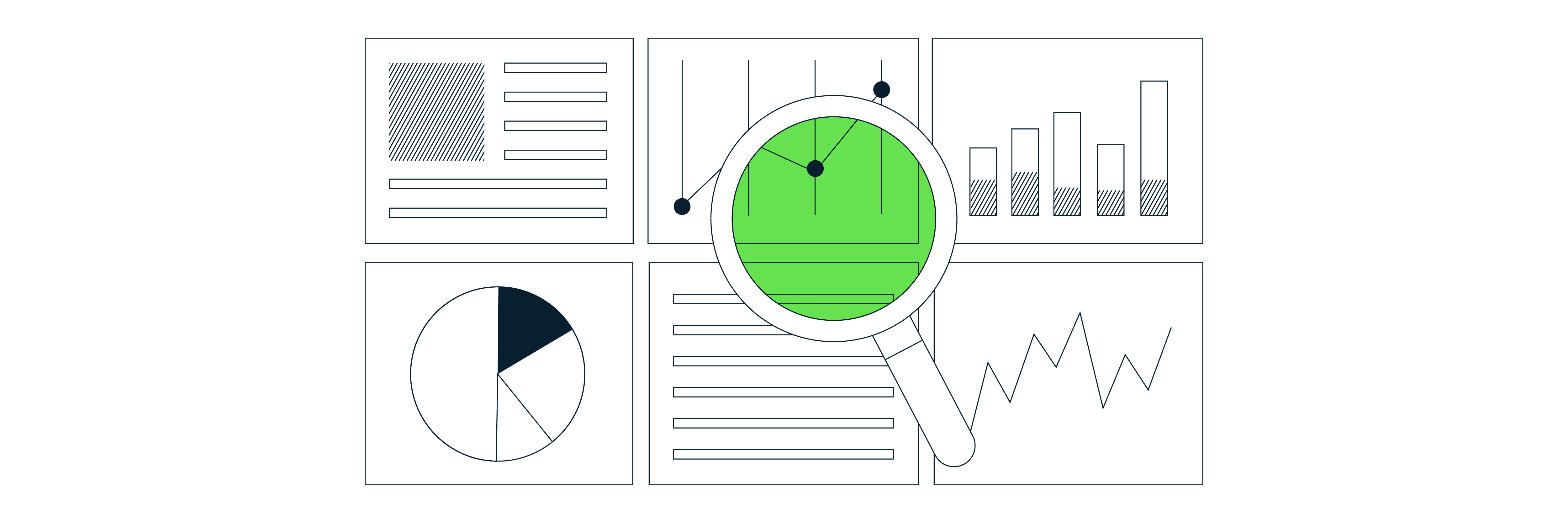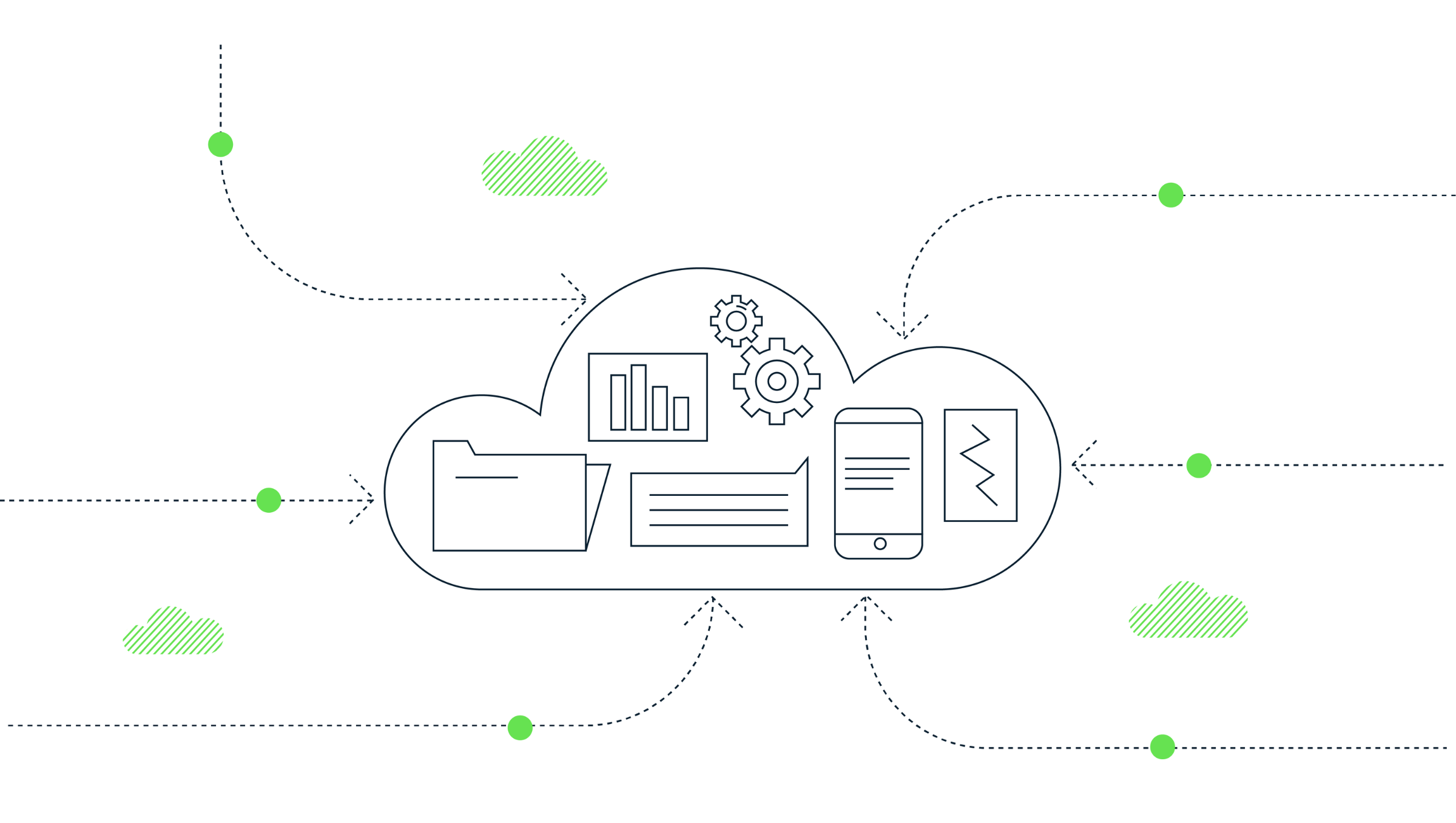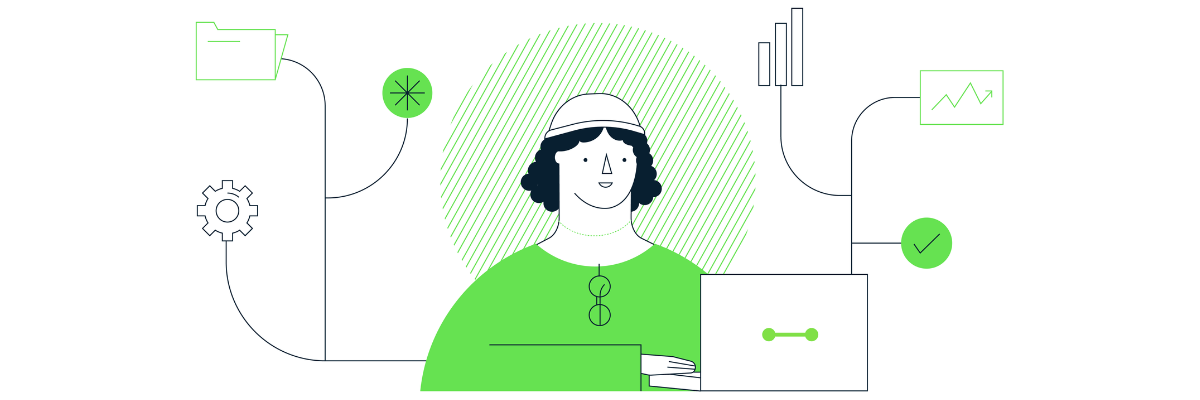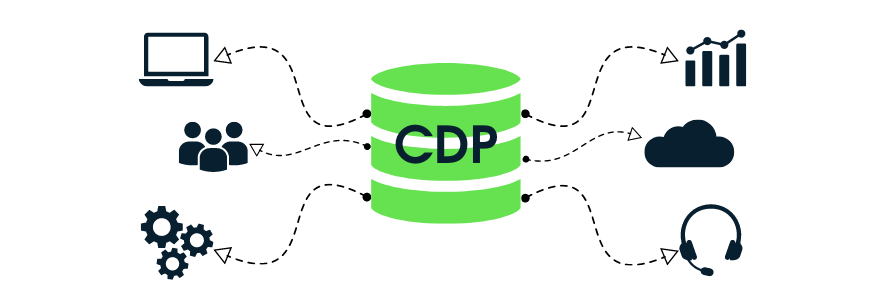Google Analytics limitations: where GA falls short

When is Google Analytics not the answer? And just to clarify, when we refer to GA, we mean Universal Analytics. As analytics consultants, it can be difficult to acknowledge that GA cannot do everything – there are situations where it falls short when it can’t be used to answer certain questions – whether it’s navigating gaps in data collection or forcing some types of data analysis that just don’t work.
It’s important to acknowledge Google Analytics’ limitations so you can understand when GA is not the answer. So, let’s get into it…
The difference between quantitative data and qualitative data
Google Analytics is really good at telling you how many times something happened (quantitative data), but it doesn’t really tell you why something happened (qualitative data). For example, GA might tell you that 10 people visited a certain page and then moved on to the next page. It doesn’t provide any context, i.e. why they moved to that next page, why some people didn’t, and what factors caused that drop-off.
Now consider more qualitative tools like SessionCam, Microsoft Clarity or Hotjar that record sessions and track heatmaps, or even survey data and feedback forms you may have. The data you get from these give you some context as to why an event took place and what caused an action to be taken.
Let’s say you’ve got a contact form on your website. In Google Analytics, you can track how many times that form has been submitted successfully, and maybe even how many failed attempts there were too. What’s missing is ‘why’ the form is erroring, or why people are submitting it in the first place. GA just tells you five things have happened – basically, it’s glorified counting. GA can tell you there’s a problem, maybe even where that problem is, but it won’t tell you what the problem is.
Google Analytics is for quantitative data analysis, not qualitative. You’re better off using a another tool for this kind of analysis. The upside is that tools like SessionCam and Hotjar work really well with GA and you can overlay the two datasets to get to that answer – to get to that insight of why something is or isn’t working.
Integrating different datasets
At the end of the day, we have to remember Google Analytics’ primary function is trend analysis, and more specifically, marketing trend analysis. GA is not necessarily meant to do everything, and it’s not the place to collect all of your data. You might be trying to connect two different systems that report on a metric in two very different ways.
Trying to align Google Analytics to your stock or finance system can be an uphill battle you might never win – validating something like revenue is always going to result in a 5–10% difference at the best of times, and that’s expected. The question to ask is if the data you’re pushing into GA needs to be there. Is it adding value to your marketing trend analysis?
A good example is ecommerce refunds. There are ways of accounting for refunds in GA, but what is the benefit of incorporating that data into GA? It won’t change the near-immediate actions that were taken from the data. Marketing teams will typically report on conversions and transactions, not final completed sales. A refund two weeks after the transaction may have more to do with an unsatisfactory product or delivery than a failure in the website conversion process.
Google Analytics is a website tracking tool
It’s about knowing where the data needs to be. Shoehorning data back into Google Analytics isn’t always the answer. If that data exists in a CRM system or in BigQuery, it’s much easier to get the GA data into BigQuery or your CRM than the other way around. Even though there are a lot of systems that integrate automatically with GA, it makes more sense to align all of your data (online and offline) in a data warehouse.
With Universal Analytics, it will always try to turn everything into some kind of online activity – there’s no such thing as an offline event within UA (there is in GA4 though). There’s no offline session and there’s no offline user – sending data into GA results in new sessions and users being created, which skews the data.
Google Analytics 4 is a bit more agnostic when it comes to this kind of data – GA4 doesn’t care if events are online or offline.
GA360: Overkill or underkill?
There are cases where companies don’t necessarily need the extra features that Google Analytics 360 offers. A high-traffic site that doesn’t run any (or much) paid advertising won’t benefit from the ad platform integrations and might not want to pay the price just to be able to track more data. Most people start out with GA using the free tier, and it comes as a shock when they find out how much GA360 is (it’s lots by the way), especially if they haven’t needed to budget for it before.
What Google Analytics does is just data collection and data aggregation. GA processes it in different ways and creates a visual platform (UI) for you to interrogate that data. Then there is the API and BigQuery export as optional extras. There’s always a question around whether Google Analytics is potentially overkill for what you need though. This is when you need to ask, is it doing too many things for what I actually need it to do? When you’re getting close to the GA360 threshold, consider if you’re just using GA as a data collection and aggregation tool. If so, you could look to build your own data collection process, and pull the data directly into a BigQuery data warehouse and build our reports from there. Basically, bypassing the GA middle-man.
On the other hand, instead of doing lots of things that you don’t want it to do, Google Analytics could be holding you back if you want to really customise your data collection. For people with very specific use cases and needs, GA’s hyper standardised and rigid approach to data collection and reporting is probably not going to be quite right for you.
Google Analytics’ limitations
Google Analytics comes with bells and whistles, but it’s not always the answer. Maybe it’s full of features you’re never going to use, or it doesn’t have enough features, in which case, why settle?
If you’re interested in Dan and Dara’s full breakdown of why GA may not always be the right answer and where it falls short, check out episode 15 of The Measure Pod.
Vanessa Fitarelli
Subscribe to our newsletter:
Further reading

How to extract GA4’s event sequencing in BigQuery using the new batch fields

What is offline event data import in GA4?
